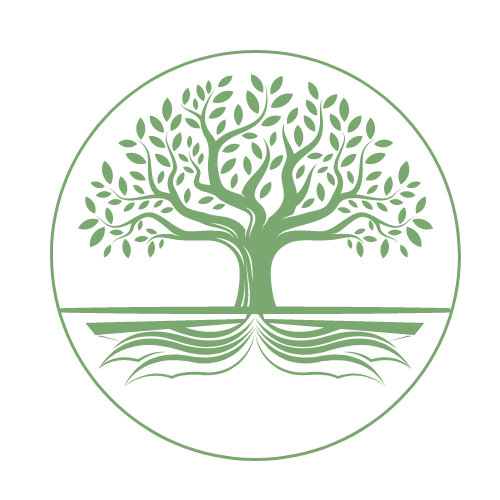It’s hard not to be impressed by the striking beauty of kingfishers. The kingfisher (Alcedo atthis), with its orange, cyan and blue plumage, is easy to recognise and hard to forget. Seen each year on the Isle of Man, I decided to draw this beautiful bird and then looked into the reason it has such distinctive colouring. I was surprised by what I found…

Kingfishers are often found near slow-moving or still water, where they hunt for fish. They are seen occasionally around the Isle of Man, in harbours or by streams, and have recently been spotted in Peel harbour, where local photographer Pawel Garczynski took some great photos on the 7th of January. These birds have also featured on Isle of Man Stamps in 1994 (Calf of Man Bird Observatory issue) and 2019 (Wildlife issue) and are currently red-listed on the Birds of Conservation Concern in the Isle of Man (BoCCIoM) 2021, and so are at the greatest level of conservation concern.
Kingfishers have long fascinated me, due to their colour, and have always seemed quite different to the other birds that I notice when walking around. As I was working on the above artwork, I had to keep switching between pencils to try to capture the turquoise colour and realised that the colour changed frequently across the plumage. I then did a bit of research into the colour of the bird, as I wondered if there was a reason why the feathers were so hard to capture the colour. I stumbled across an article from 2015 entitled ‘Why does the kingfisher have blue feathers?‘ and it answered my question in a surprising way.
It turns out that blue is a very hard colour for vertebrates (animals with a backbone) to create as they can’t produce a blue pigment. The orange feathers on a kingfisher contain orange pigment granules that give these feathers their colour. The blue feathers have been found to contain no pigment and it took a team consisting of a biologist, chemist and physicist to work out exactly how such striking blue colours are produced. In fact, the colour of these feathers is structural, in that it is produced by the way the material of the feather is constructed on a microscopic level. The feathers are actually transparent and the blue/green colour is created by the way the light bounces off of them. That’s why the colour changes slightly due to the angle the feathers are viewed at and is termed semi-iridescence. Apparently a similar phenomena occurs in the fully iridescent feathers of peacocks, but the structure in these feathers is more precisely aligned so the light appears to shimmer.
I then thought of other blue birds, such as budgies, that appear to have quite a flat blue colour. Again, it turns out that the blue colour is a result of a lack of pigment and light bouncing off the feather’s structure (see this Science.org article). I guess, as the colour is less iridescent than that of the kingfisher, the microstructure of the feathers must be even less aligned, so causing an even smaller span of colour shift. Apparently, green budgies actually have a yellow pigment in the feathers on their bodies and head, but only the head appears to be yellow as the feathers on the body have a structure that causes us to see blue, as well as yellow wavelengths of light, so giving the effect of green feathers.


Leave a Reply